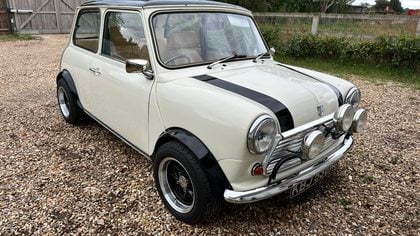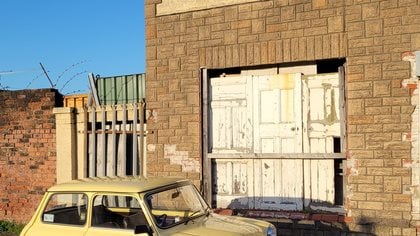Description
The Belgian Leyland Mini MkIII, produced between 1970 and 1976, was assembled in Seneffe, a key factory for British Leyland in Europe. This local production allowed for avoiding certain import taxes and adapting the model to the specificities of the Belgian and European market. Unlike the British versions, Belgian Minis often displayed a Leyland badge or simply Mini, without the distinction between Austin and Morris found in the United Kingdom.
The Minis assembled in Seneffe had some notable differences, particularly in terms of equipment and finishes. Some Belgian versions were better equipped than their British counterparts, with more effective anti-corrosion treatments, allowing them to better withstand the local climate. Additionally, their adaptation to European standards involved some adjustments to the lights and chassis plate.
In terms of engines, the Belgian Mini MkIIIs were available in several configurations. The entry-level version was equipped with an 850 cc engine developing about 34 horsepower, ideal for economical urban driving. The 998 cc engine, more common, offered better versatility with a power output of 38 to 42 horsepower. For performance enthusiasts, some versions were fitted with the 1275 cc engine, particularly in the Cooper S or 1275 GT models, although these were produced in limited numbers in Belgium.
The production of the Mini MkIII in Seneffe ended in 1976, when the Mini MkIV gradually took over. The Seneffe factory continued to assemble British Leyland models until 1981 before closing permanently. Today, Belgian Minis are relatively rare and often better preserved than British models, making them sought-after collector’s items.
This example is a 998 cc version built in Seneffe in 1974. It has been completely restored in its original Carmin Red color and is in almost new condition.














